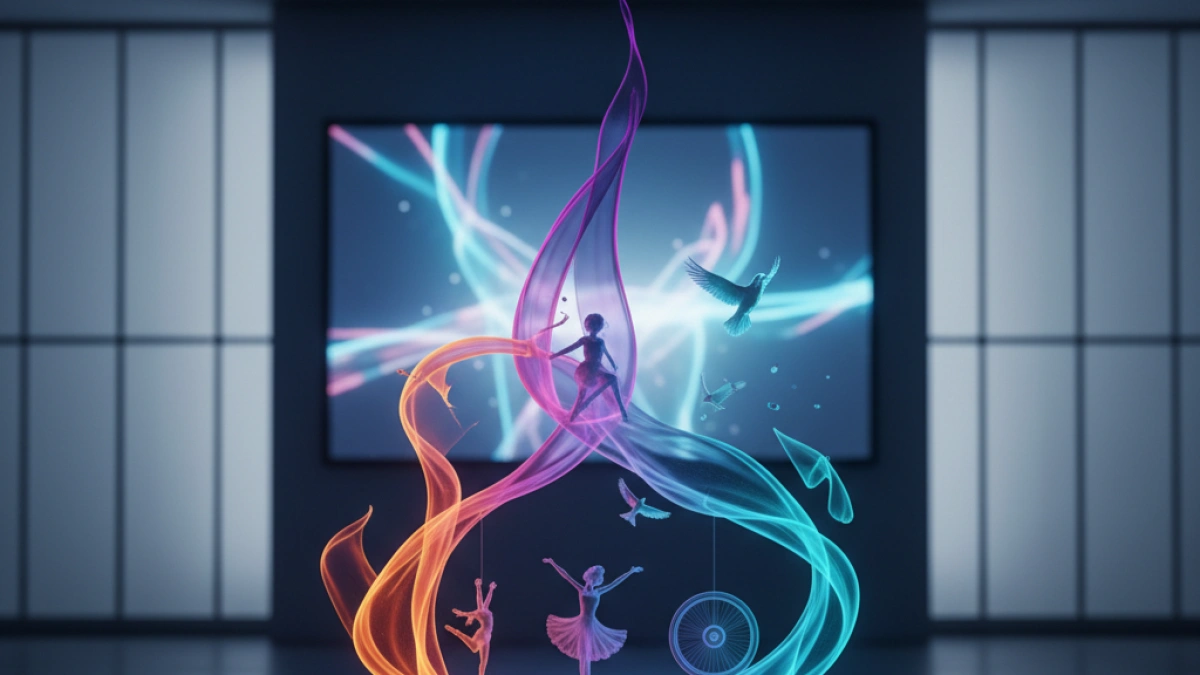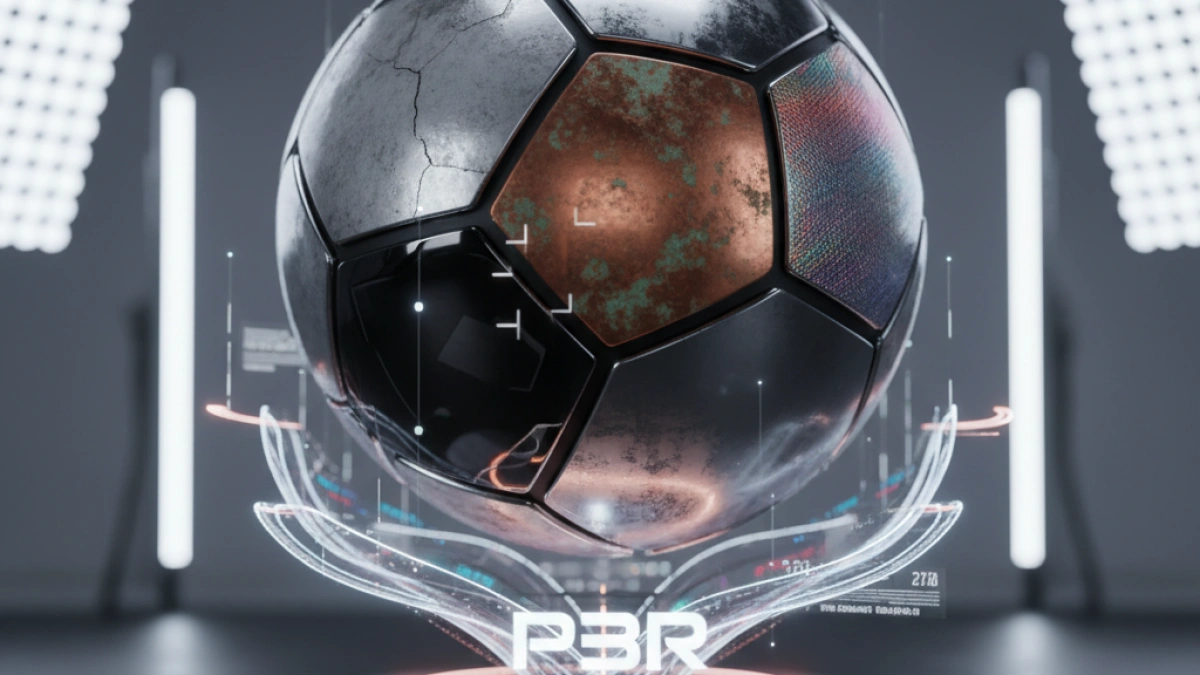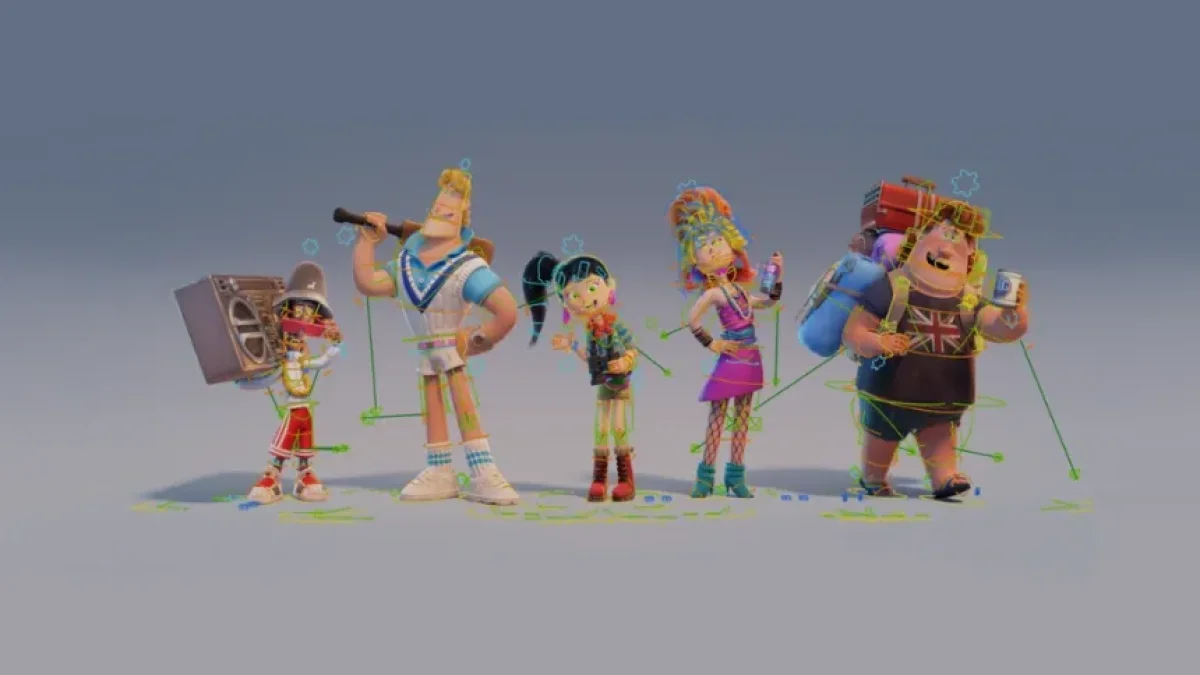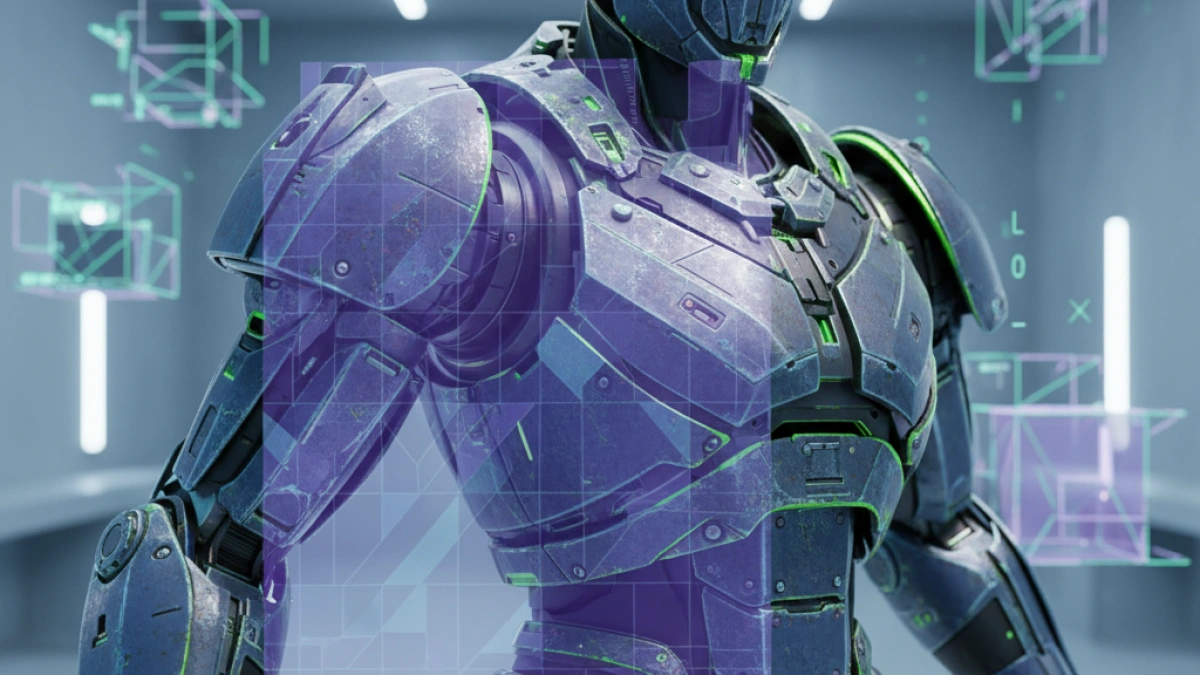Complete Guide to the BRDF Model in 3D Animation

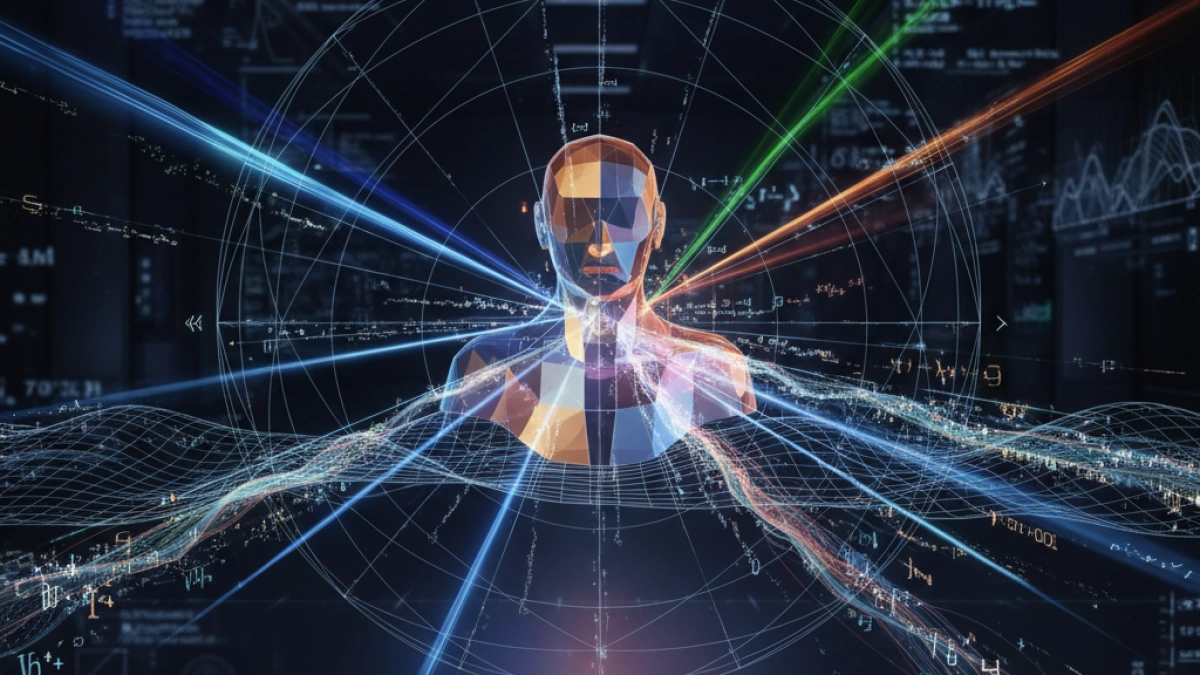
In the world of 3D animation, the realistic representation of materials and surfaces is essential for creating impactful visual images. One of the key concepts that helps achieve this realism is the BRDF model (Bidirectional Reflectance Distribution Function). In this guide, we will explore what BRDF is, its importance in 3D animation, and the different types of models used in the industry.
What is BRDF?
BRDF, or Bidirectional Reflectance Distribution Function, is a mathematical function that describes how light is reflected off a surface. Specifically, it is defined as the ratio between the intensity of the light reflected in a particular direction and the intensity of the light incident from another direction. BRDF is used to simulate the interaction of light with different materials, enabling animation artists to create textures and finishes that look realistic.
Components of BRDF
A typical BRDF has four components that influence how light behaves when interacting with a surface. These are:
- Incidence: The direction from which the light comes.
- Reflection: The direction in which the light is reflected.
- Material: The physical properties of the material, such as its color, texture, and brightness.
- Angle: The angle of incidence and reflection affects the distribution of the reflected light.
Importance of BRDF in 3D Animation
The BRDF model is crucial in 3D animation for several reasons:
- Visual Realism: It allows animators and modelers to recreate how light interacts with materials in the real world, resulting in much more convincing images.
- Variety of Materials: Different types of materials, such as metal, wood, or plastic, have distinct reflection behaviors, and BRDF helps achieve accurate simulations of each.
- Efficiency: Using a BRDF model instead of representing light indirectly significantly simplifies the computational process during rendering.
Types of BRDF Models
There are various BRDF models used in the animation and video game industry. Some of the most common are:
Lambertian Model
This model is based on the theory that light reflects uniformly in all directions. It is commonly used to simulate matte and non-reflective surfaces.
Phong Model
The Phong model is a more complex model that includes specular components, allowing the simulation of shiny light on polished and reflective surfaces. It is widely used in creating shine effects on materials like plastic or metal.
Cook-Torrance Model
This model is particularly popular in applications where high precision is required. It combines diffuse and specular reflection and is based on the microgeometry of the surface, providing visually impressive results, especially for metallic and wet surfaces.
Final Considerations
Understanding the BRDF model is essential for anyone interested in 3D animation, as it allows the creation of materials that behave realistically under various lighting conditions. With a solid understanding of how BRDF works, animators can elevate their projects to the next level in terms of visual quality.
If you want to delve deeper into this topic or explore more techniques and concepts in 3D animation, I invite you to read more articles of this kind on my blog.

